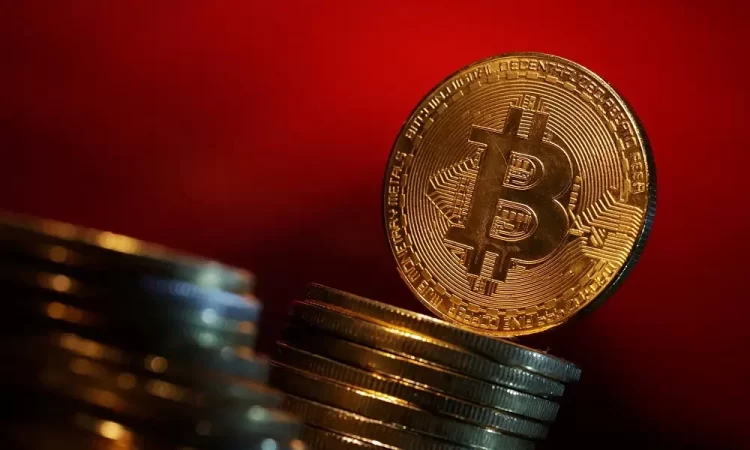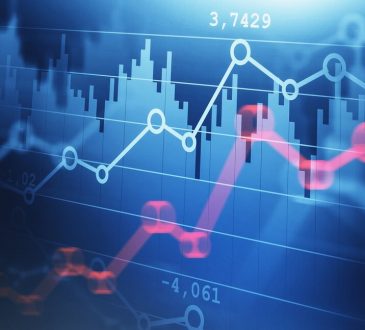
The decentralized nature of Bitcoin means that any single entity, government, or financial institution do not control it. This lack of central control appeals to those who value financial privacy, freedom, and the potential for disruptive innovation. Bitcoin’s supply is limited to 21 million coins, making it a deflationary asset with a known maximum supply. This scarcity and increasing demand have been a driving force behind Bitcoin’s price appreciation over the years.
Different trading styles in bitcoin markets
- Day traders aim to capitalise on short-term price movements and typically use technical analysis to identify patterns and entry/exit points. They often employ leverage to amplify their positions and aim for small but frequent profits.
- Swing traders aim to capture more significant price movements over a slightly longer timeframe, usually holding positions for a few days to a few weeks. They identify and trade based on market swings, trends, or pullbacks. This style requires patience and the ability to manage trades through periods of volatility.
- Position trading focuses on longer-term trends and holding positions for extended periods, from several weeks to months or even years. Position traders aim to profit from significant price movements and major market trends. They rely on fundamental analysis, market sentiment, and long-term technical patterns. Position trading requires a strong understanding of market dynamics and the ability to withstand short-term volatility.
- Scalping is a high-frequency trading style that involves making numerous small daily trades, aiming for quick profits from minor price changes. Scalpers typically have strict risk management strategies and focus on liquid markets to ensure trades are executed quickly. This style requires discipline, speed, and a thorough understanding of order types and market microstructure.
- News traders aim to profit from price movements caused by news events or market-moving announcements. They closely follow coin target ai-related news, regulatory updates, and market sentiment to anticipate and react to potential price impacts. News trading requires making quick decisions and managing trades during heightened volatility.
- Range traders identify and trade within established support and resistance levels. They look for ranges or channels in which the price oscillates and enter trades near the extremes of these ranges. This style often involves using indicators to identify overbought and oversold conditions and requires patience to wait for optimal entry points.
- High-Frequency Trading (HFT) involves using advanced technology and high-speed data feeds to execute many trades at breakneck speeds. HFT firms use sophisticated algorithms to identify and act on market inefficiencies within fractions of a second. This trading style requires significant investment in technology and infrastructure and is typically employed by institutional traders.
Developing a winning strategy
- Define Your Trading Edge – Identify the factors that will give you a trading edge, such as a unique data source, a proprietary algorithm, or a specific technical setup. Understand why your strategy should work and have confidence in its underlying logic.
- Backtesting – Backtest your strategy on historical data to assess its potential performance. Analyse key metrics such as win rate, reward-to-risk ratio, and maximum drawdown. While past performance doesn’t guarantee future results, backtesting can provide valuable insights into the strategy’s potential profitability and resilience.
- Paper Trading – Before risking natural capital, consider paper trading as your strategy to gain experience and build confidence. Simulate trades in a live market environment to test your decision-making skills and the effectiveness of your plan in real-time.
Trading is a continuous learning process. Regularly review and evaluate your trading performance to identify areas for improvement. Stay adaptable and be open to refining your strategy as market conditions evolve.




